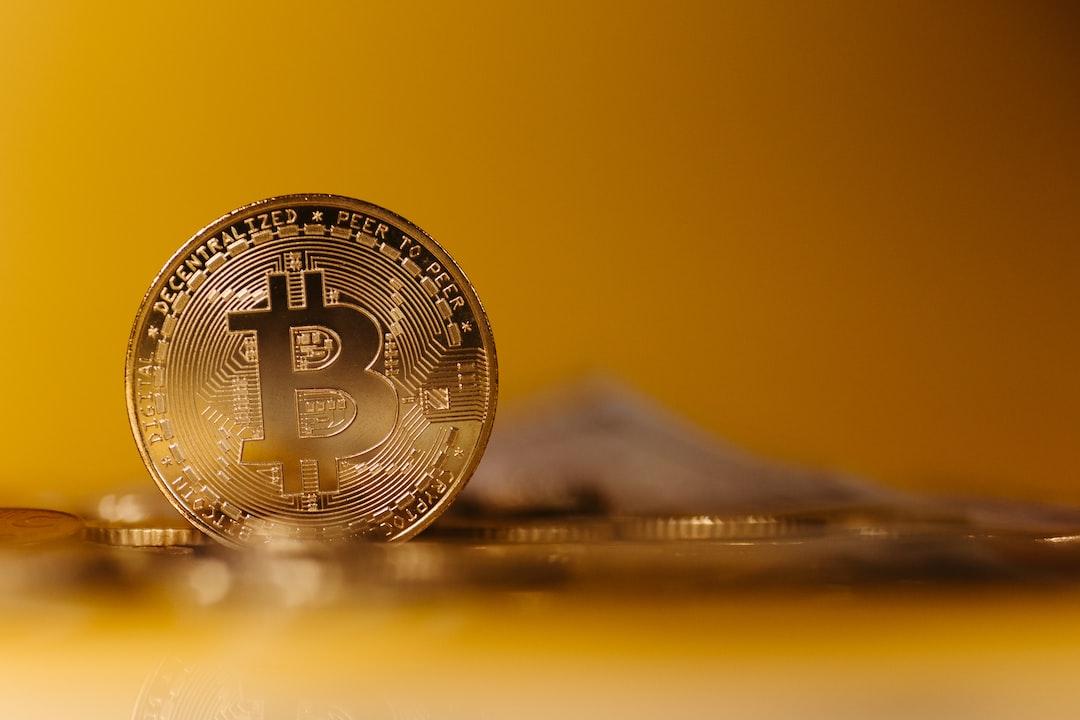The MarketVector Meme Coin Index has experienced a remarkable surge of over 137% since the start of 2024, as the leading memecoins continue to rise in popularity.
In comparison, the S&P 500 index has only seen a 9.3% price increase year-to-date, according to TradingView data.
As of 8:52 am UTC, the memecoin index stands at $76.60, representing a year-to-date increase of over 137% and a 186% increase over the past year.
MarketVector, a subsidiary of the prominent US asset management company VanEck, introduced its memecoin index on October 31, 2021. This index includes the six largest memecoins: Dogecoin (DOGE) with a 30.7% allocation, Shiba Inu (SHIB) with a 28.3% allocation, Pepe (PEPE) with a 14.5% allocation, Dogwifhat (WIF) with a 12.5% allocation, Floki Inu (FLOKI) with a 7.14% allocation, and Bonk (BONK) with a 6.7% allocation.
Anndy Lian, an intergovernmental blockchain expert and the author of “NFT: From Zero to Hero,” believes that the “high risk, high return strategy” of memecoins makes them attractive to investors with a speculative nature. This factor is expected to maintain the relevance of the top memecoins.
Analyzing the individual components of the memecoin fund, Pepe has experienced the greatest gain, rising by 482% year-to-date. Floki follows closely behind with a 372% increase, and Shiba Inu takes third place with a 112% rise. Despite being the worst performer, Bonk still managed to achieve a YTD increase of over 59%, surpassing the returns of the S&P 500 by more than sixfold.
Memecoins often deliver exponential returns, even when compared to some of the leading cryptocurrencies. While the memecoin index has appreciated by 137%, the market caps of the top altcoins, excluding the top 10 cryptocurrencies, have only risen by 24% year-to-date.
However, despite the profitable yearly returns, the six largest memecoins experienced a sell-off this week, raising concerns about a potential end to the memecoin season. Over the past five days, Dogwifhat saw the largest decline of over 15%, while Pepe experienced the smallest decline of just over 5% among the top memecoins.
Due to the lack of underlying utility, it is challenging for traders and technical analysts to predict the price movements of memecoins, which are primarily driven by social media hype cycles for each specific memecoin.
Trading volume is often used as an indicator of sentiment surrounding memecoins. Cointelegraph reports that weekly memecoin trading volume has been decreasing across all blockchains since early March.
In related news, a trader suffered significant losses due to the 0L Network hard fork.

